In early August, the Intergovernmental Panel on Climate Change (IPCC) issued its latest report on the climate crisis and the impact of CO2 in our atmosphere from the burning of fossil fuels. Described as a “Code Red for Humanity” and summary assessments from scientists like “We are out of time”, ACS community members might be wondering what can I do?
The Impact of Plastic Pollution on Cetaceans and What Can Be Done About It – A Scuba Diver’s Perspective
Toben Lonne, Editor-in-Chief of Dive.in magazine and PADI certified Master Scuba Diver Trainer (MSDT) instructor, shares a story about how an experience diving with pink dolphins in Thailand opened his eyes to the damage that plastic pollution is doing to cetaceans and their habitats. He shares his perspective on how fellow divers and the concerned general public can take steps to help cetaceans in distress and reduce plastic waste in an effort to preserve these magnificent marine mammals and their beautiful marine habitats.
Steps to Reduce Your Plastic Waste
One of the most important actions we can take to protect whales and dolphins is reduce our usage of plastics, which all too often end up in the ocean. In fact, it’s predicted that by 2050, there will be more plastic in the ocean than fish. According to research, ten percent of all whales and dolphins have ingested plastic. Plastic stays in animals’ digestive tracks and can easily result in death. On June 2, 2018, a Guardian article reported that a whale died from eating more than 80 plastic bags. Another such tragedy involved sperm whales in the Mediterranean, where nine out of 24 carcasses revealed that the animals’ stomachs were blocked by large amounts of plastic. Sadly, plastic-related cetacean deaths such as these are not uncommon.
